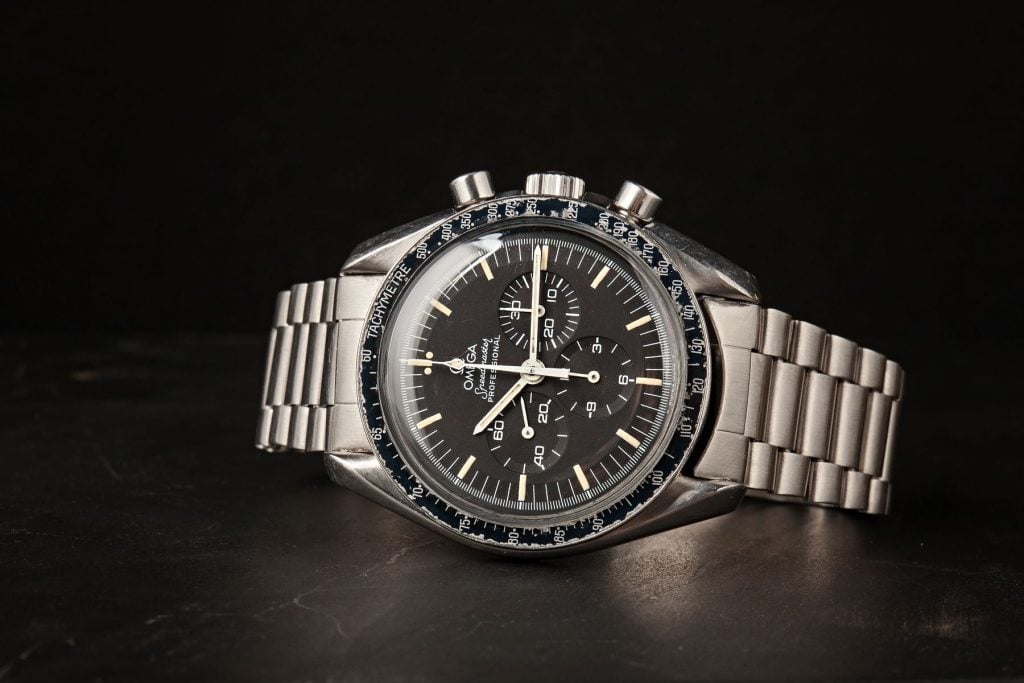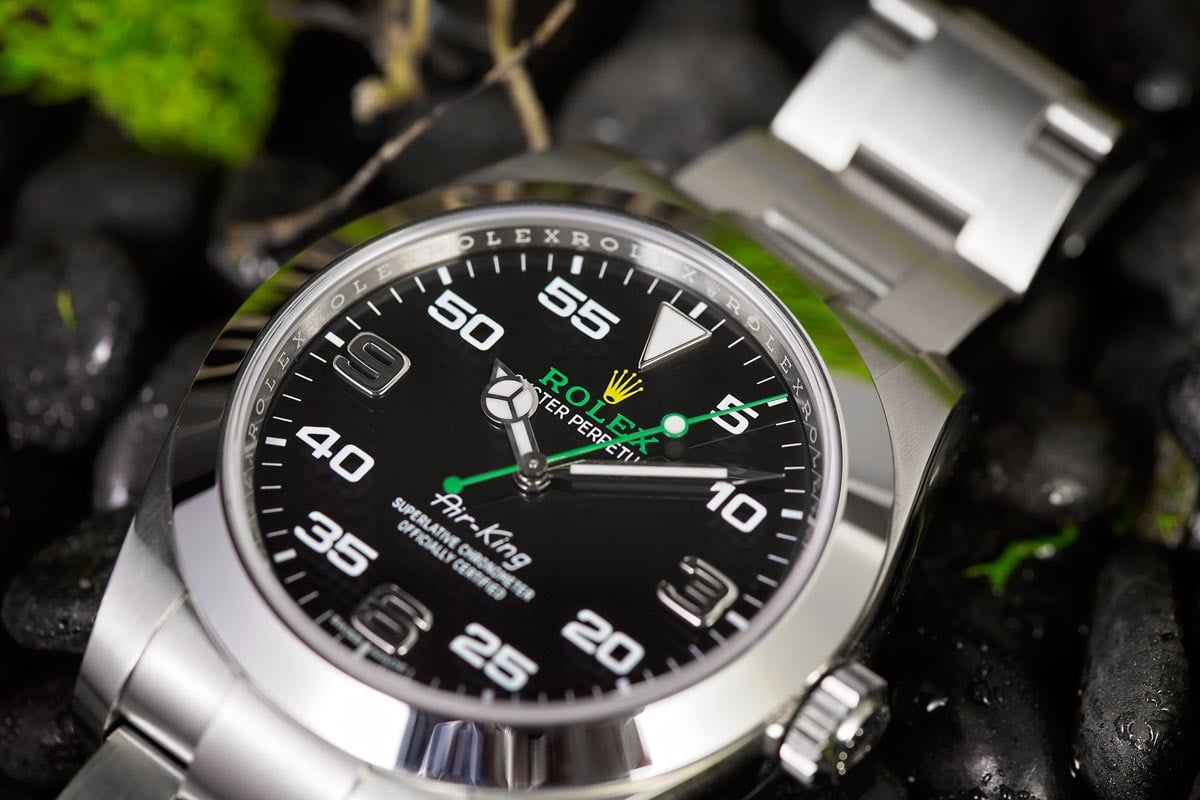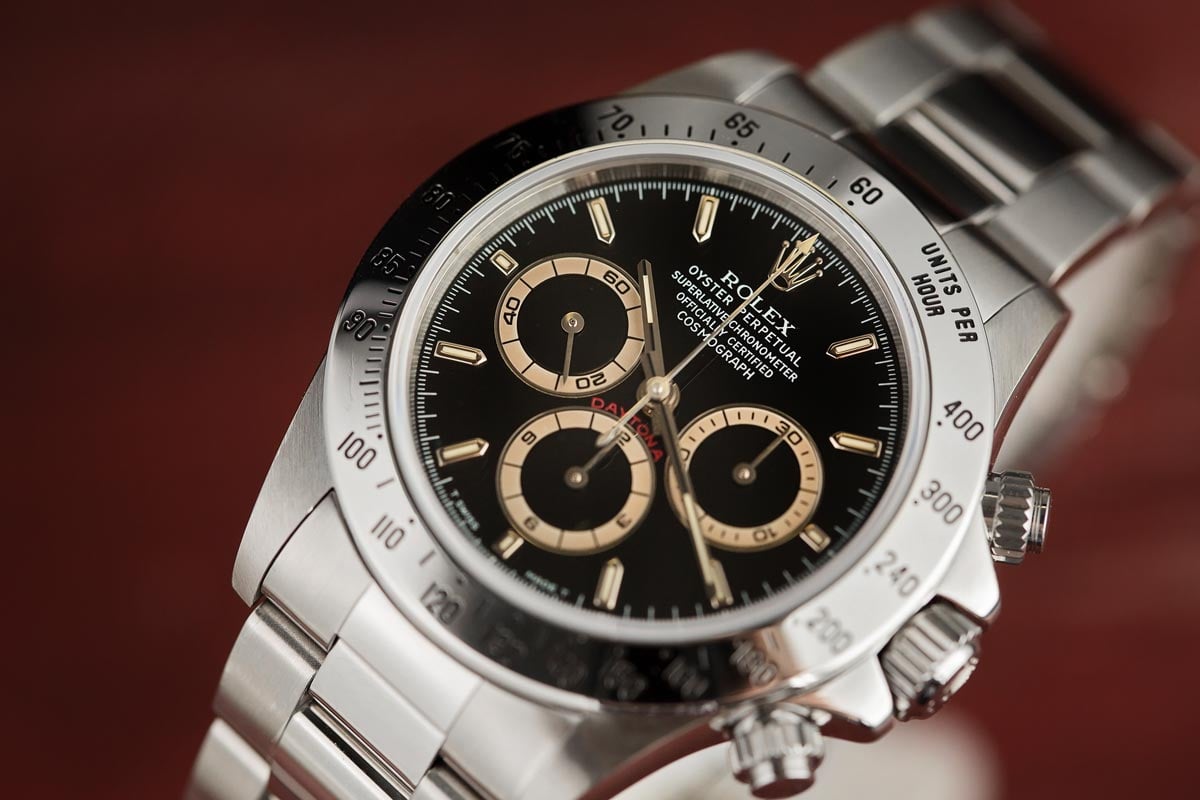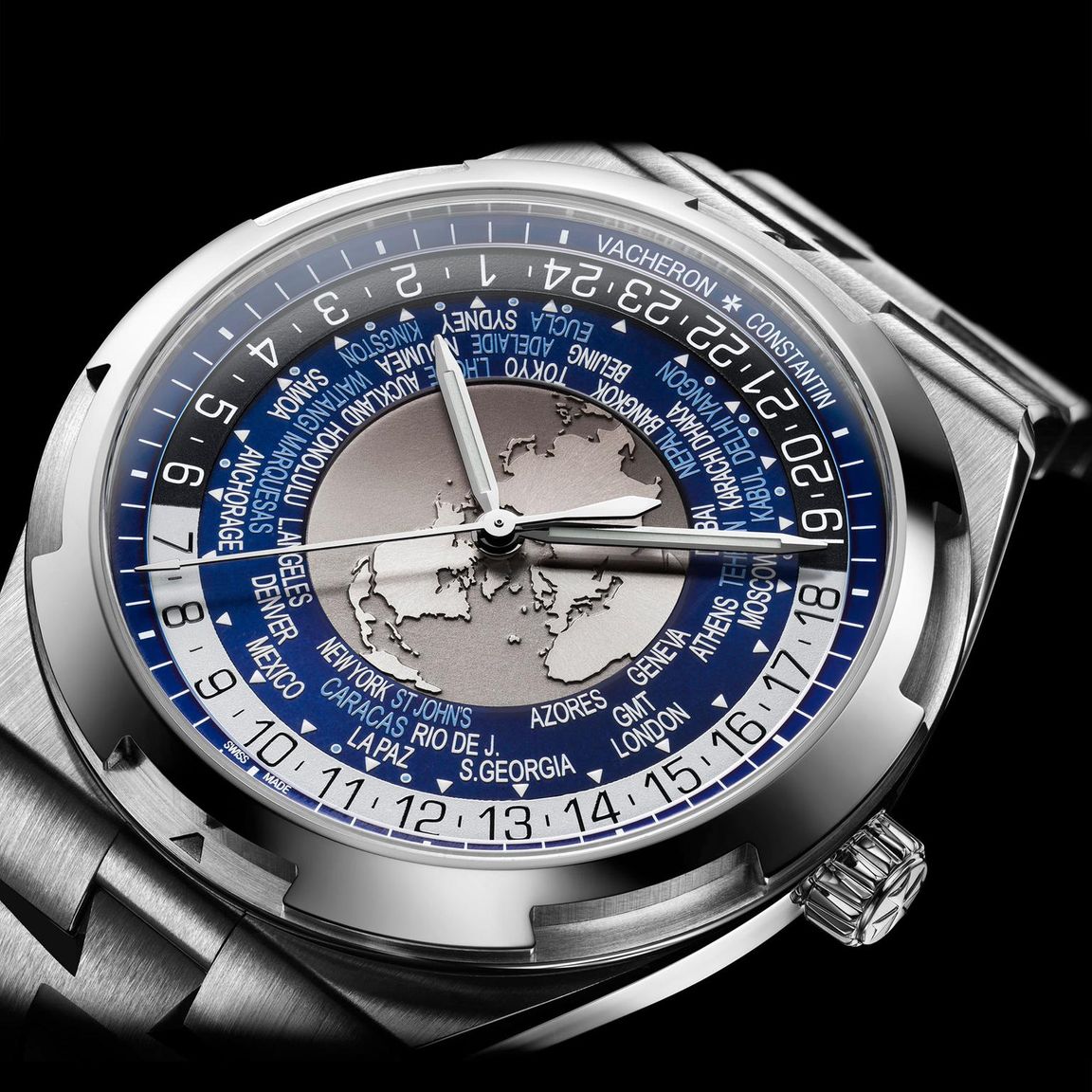Maybe the most common complication found in luxury watches today, besides a date function, is the slightly anachronistic and slightly misnamed chronograph. A working definition of a chronograph is simply a watch with the capability to time events of short duration (elapsed time), while also keeping track of the time of day (which we’ll call conventional time).
The word “chronograph” literally means time writer. The name was appropriate back when timers actually recorded elapsed time using a pen held against a moving sheet of paper. Nowadays, of course, nothing on your typical chronograph actually marks down the elapsed time. Rather, the operator sees it temporarily indicated on sub-dials. Thus, a more accurate name for the timer is “chronoscope.” A few brands have acknowledged this, with Omega and Chronoswiss being among them.
Now we won’t quibble over a name, but just how do these ‘time writers’ actually work?
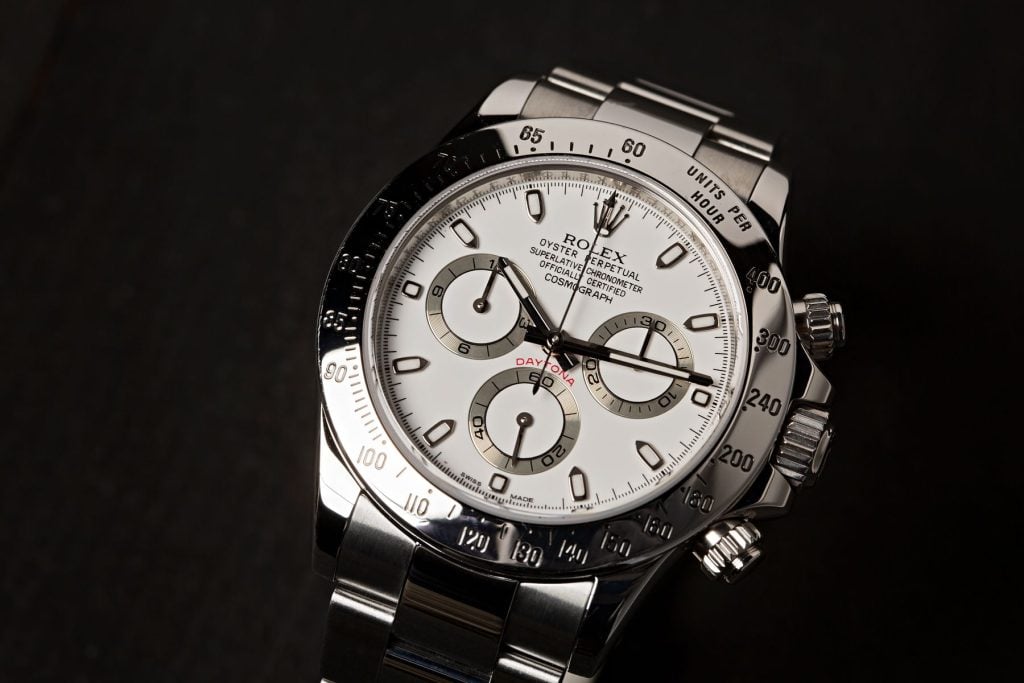
About Chronograph Watches
The elapsed time of short duration events, usually up to 12 hours (racing laps, scientific experiments, cakes baking in the oven, coffee brewing, etc.) is tracked on sub-dials which separately record minutes and hours. Seconds are commonly measured on a central sweep seconds hand, with the running seconds for conventional time located on a sub-dial.
Basically, the chronograph portion of a watch movement has to tap into the power and timekeeping portions of the regular watch mechanism. As such, it may be a separate module riding on top of a conventional movement, or it may be incorporated into the movement itself.
As you can guess, very quickly we get into enough permutations that this article could very well be a book instead. So we’ll narrow our look to integrated chronograph movements.
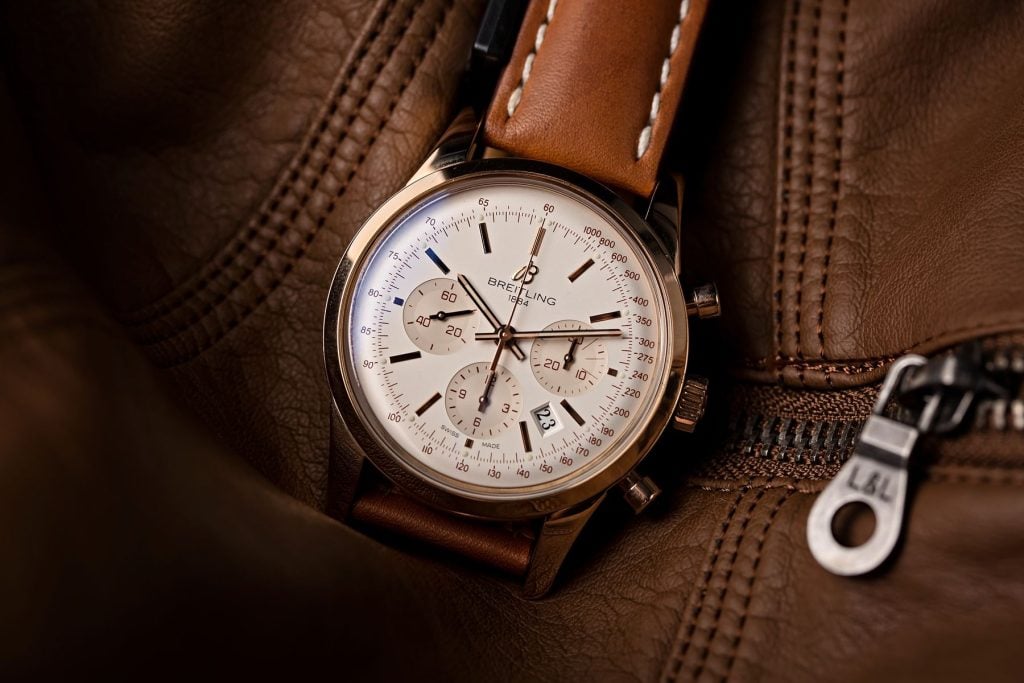
How Chronographs Work
You can think of the Start/Stop pusher of a chronograph as the button that connects and disconnects the chronograph mechanism with the conventional mechanism. The mechanism can do that in either of two ways. It can move the elapsed time gearing vertically to engage with the conventional timekeeping mechanism, or it can move the gearing horizontally (here, “vertical” and “horizontal” refer to “up/down” and “from the side,” respectively, when the movement is lying flat on a table).
The way the mechanism engages the rest of the movement is by means of either a column wheel or a system of a cam and levers. The column wheel looks a bit like a castle turret – a flat gear with a number of columns rising off one side which engage with the mechanism to control its function. The cam and lever mechanism, on the other hand, controls the chrono mechanism by the orientation of the heart shaped cam.
As we noted above, the Start/Stop pusher engages and disengages the chronograph mechanism. Then, when the mechanism is disengaged and the operator wants to zero the chronograph, he pushes the Reset pusher. In a column wheel mechanism, the column wheel activates a finger which zeros the chronograph hands. Similarly, with the cam/lever mechanism, the cam is forced to a ‘home’ position which zeros all of the chronograph hands.
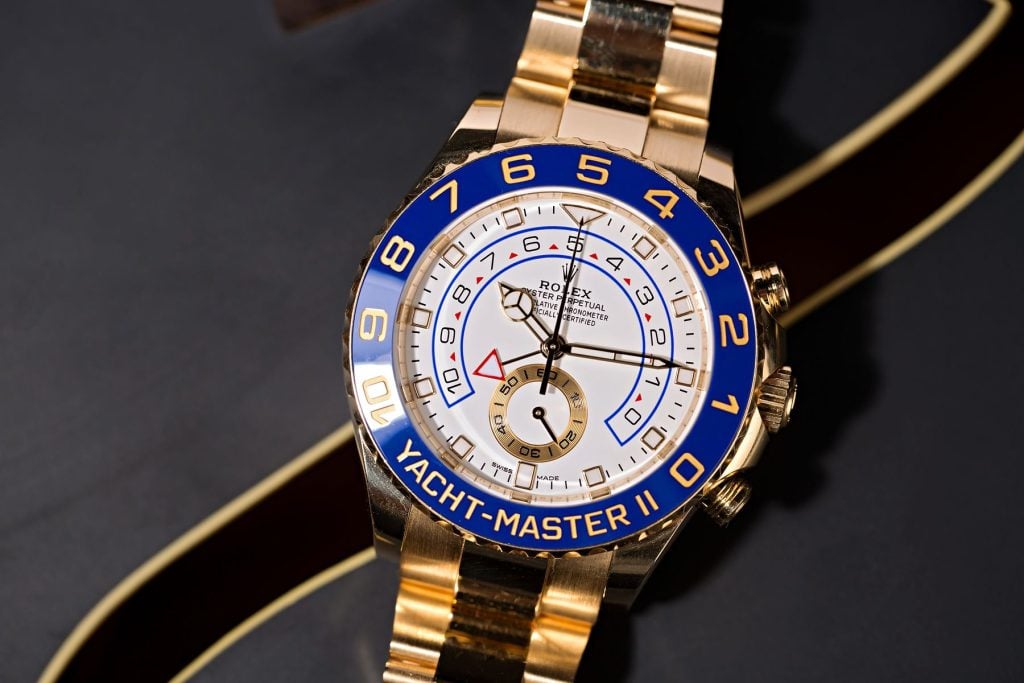
Flyback Chronographs
With a traditional chronograph, the operator pushes the Reset pusher when the mechanism is disengaged. However, with one unique type of chronograph, the operator can activate the Reset pusher and reset the chronograph while it is still running. This is called a flyback chronograph, and it’s useful for timing consecutive events back to back.
A popular example of the flyback chronograph is the Rolex Yacht-Master II, although it’s important to note that while most chronographs count upwards, the Yacht-Master II is a countdown timer and its flyback chronograph counts backwards towards zero. With the Flyback function, the wearer skips the start/stop/reset process required by most chronographs and instead is able reset the chronograph hand using just the bottom pusher, without stopping the hand at all, and this enables the user to immediately start timing a new event l
The impressive Rolex Yacht-Master II regatta chronograph also includes other innovative functions such as a programmable 10-minute countdown and a mechanical memory function. The wearer can access each function by rotating a clever Ring Command bezel, which is built into the movement itself. Additionally, beyond its flyback chronograph functionality, the Yacht-Master II also features a fly-forwards mechanism. Rather than resetting the chronograph back to the previous minute, the Yacht-Master II will automatically reset its chronograph to the nearest minute, regardless of whether that is forwards or backwards from the current measurement of elapsed time.
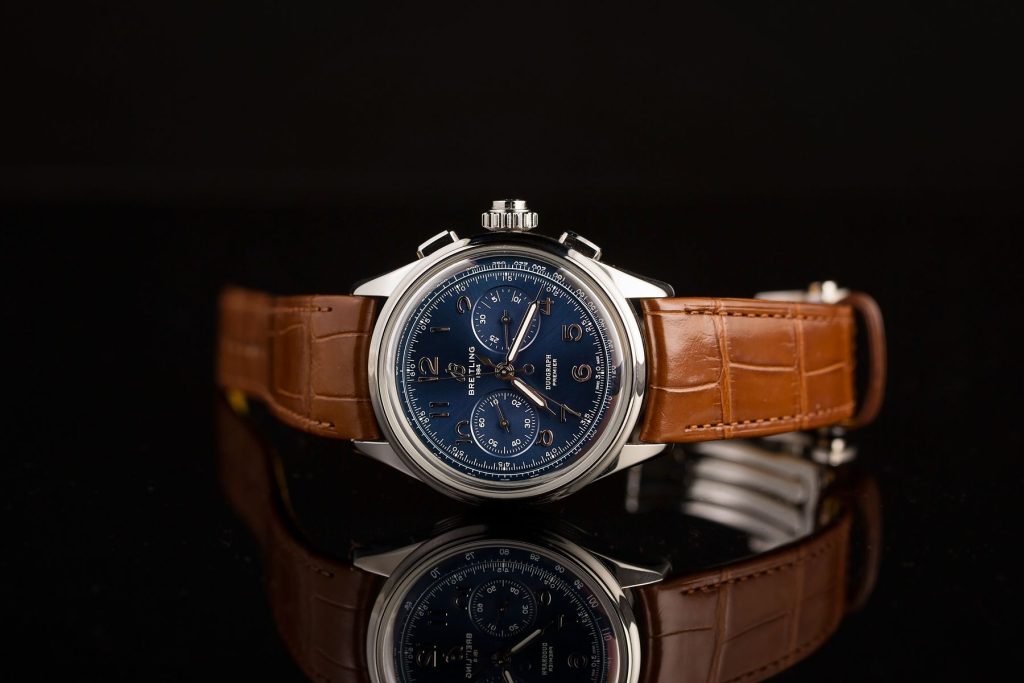
Split-Seconds Chronographs
Another type of chronograph is the split seconds chronograph. This version has two sweeping chronograph seconds hands, with one of them able to be stopped with an auxiliary Start/Stop pusher. This will allow the user to record the intermediate time, before activating the auxiliary pusher again to allow the stopped hand to instantly catch up to the other chrono seconds hand, which still remains running.
An excellent example of this function is the Panerai “Rattrapante,” which is the French term for a split-seconds chronograph and loosely translates to “catch up” (a reference to the motion of the secondary chronograph hand). On this watch, the dial features two chronograph hands. When the chronograph function is activated, both chronograph hands will start to circle the dial in tandem. By pressing the appropriate side pusher, the extra hand will stop. Press the pusher again, and the hand will catch up with the other chronograph seconds hand – a handy feature if you wish to time several events simultaneously.
While a flyback chronograph is ideal for timing back-to-back events, a split-seconds chronograph is perfect for timing two events simultaneously. For example, if you are timing a relay race, you might want to opt for a flyback chronograph, since only one person is running at a time and there is no pause between when one racer finishes and another starts. Conversely, if two people are racing each other in a more traditional style race, a split seconds chronograph will be the far superior timing mechanism since you can stop the first hand when one person finishes the race, while the other remains running to record the time of the other racer. Neither approach is categorically better than the other, but rather each has its own specific uses.
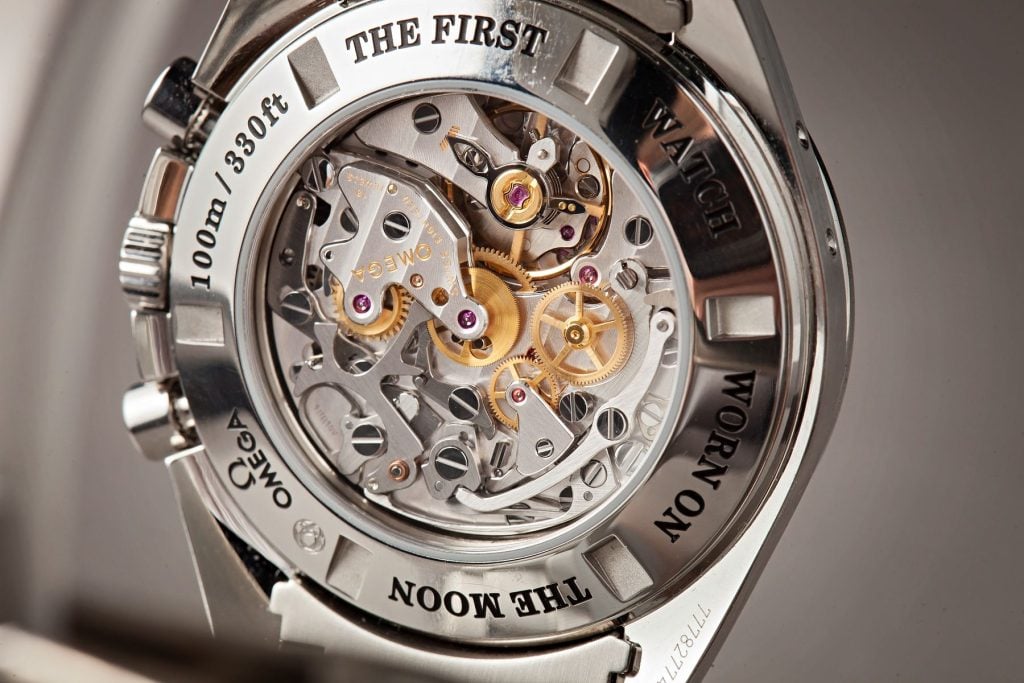
Column Wheel vs. Cam Operated Chronographs
Finally, we’d like to note that the majority of chronographs today are of the cam and lever type, as it’s easier and less expensive to produce. However, some feel that the cam and lever approach doesn’t quite offer the same tactile feedback as the column wheel, and an increasing number of brands these days are starting to produce column wheel chronograph watches as a way to appeal to buyers and show off their manufacturing capabilities.
With that in mind, a notable exception to the cam and lever camp is Rolex’s Caliber 4130 chronograph movement which powers the modern Cosmograph Daytona. The Cal. 4130 uses a column wheel paired with a vertical clutch, and it is widely considered to be one of the best mechanical chronograph movements currently in production.
There are many reasons to consider buying a chronograph watch, whether it be its distinctive motorsport aesthetic, timing functionality, or both. Furthermore, most of the biggest names in the industry offer their own unique take on the classic chronograph, making it easier than ever before to find the perfect model for your wrist.
